Physiotherapy at Emerald Hills Physio & Sports Clinic can be very useful for patients with SI joint pain both before having an injection as well as after. After having a SI joint injection there may be a short window of period where you have some relief from your discomfort in the area, and this window allows you to rehabilitate your SI joint and improve your overall movements. This may in turn decrease your symptoms long term.
When you visit Emerald Hills Physio & Sports Clinic your physiotherapist will assess your SI joint dysfunction and will determine how well the joint is moving. The joint can be moving fairly well, or there can be too much movement (hypermobile) or not enough movement (hypomobile.) Your individual physiotherapy treatment will be determined according to these findings. Knowing whether or not you have received much relief from the SI joint injection will assist your physiotherapist greatly in determining how much of your pain is coming directly from your SI joint. All other areas pertinent to your SI joint, such as your back and hip areas, will also be assessed to determine how much they may also be contributing to your pain.
Generally it is not recommended to treat any pain you have that is directly related to the injection itself for at least a few days. The injection is done specifically to determine how your SI joint reacts to the injected substances, so waiting and watching to see if there is discomfort at first is generally the best approach. If, however, you have ongoing pain from the injection itself that lasts longer than would be expected, or your original pain returns after the injection your physiotherapist will treat this discomfort. They may use heat, ice, or electrical modalities such as ultrasound or interferential current to help decrease your pain. They may also massage around your back, buttocks, and hip areas to provide relief by relaxing tight muscles that could be pulling on the SI joint. In addition, your physiotherapist will ask you to limit or modify those activities, if possible, that irritate your SI pain. A short period of resting from aggravating activities can help to calm an irritated joint.
When movement of a joint is limited, encouraging more motion can ease the pain. If your therapist determines that your SI joint doesn't have full range of motion, your therapist has several methods to assist you in increasing the movement at your SI joint. These methods may include using joint mobilizations or manipulations, performing passive stretching, and massaging any tight muscles related to the area. Stretches and strengthening exercises as part of a home program will also be prescribed as they can help you mobilize your own stiff SI joint, as well as improve the muscles around the joint that help support it. These exercises may be targeted at your SI joint directly, but will also include exercises for your low back, abdominals and core area, buttocks and hips, groin, and the front and back of your thighs. These areas immediately around the SI joint are crucial in supporting the pelvis and the joint itself. Having a stiff low back or stiff hip in particular can significantly increase the stress put through your SI joints, so improving the mobility in these areas will certainly be focused on.
Maintaining a strong abdominal core muscule area is also particularly important in easing the discomfort that comes from SI joint pain, so exercises for this area will also be focused on. Even just simple exercises such as tightening the muscles of your deep abdominal area directly after your SI joint injection will help to support the area. These exercises are important whether your joint is not moving well or is moving too much. Your physiotherapist can teach you how to properly activate these muscles. As you improve your activation of these muscles, more advanced exercises will be prescribed in order to challenge the ability of these muscles to control the motion of the joint.
If your SI joint is deemed to have too much relative mobility your physiotherapy treatment will be aimed at helping to stabilize the SI joint. Specific strengthening exercises will be taught in order to improve strength in muscles that support the SI joint such as certain muscles of the low back, the abdominal and core area as described above, the groin, and the deep and superficial buttocks muscles. Developing muscular endurance in these areas is just as important as developing strength. The SI joint is put under stress during nearly every activity that you undertake, even sitting or rolling in bed, so the ability to support the joint’s alignment for long periods of time is crucial. Any deviation from correct biomechanics even for short periods can potentially put stress on the SI joint and cause discomfort, particularly if the joint is already irritable. Specific stretching exercises will also be prescribed in order to ease off the aberrant pull of tight muscles around the joint.
Unfortunately, few muscles actually connect to both the sacrum and the pelvis and therefore although you strengthen the weak muscles, stabilizing the SI joint completely can be more difficult in comparison to stabilizing other joints. Your SI joint may continue to move relatively more than normal and cause you ongoing discomfort with certain activities or when your muscles get tired. To combat this overall increased motion and to aid in proper alignment your therapist may suggest that you use a SI belt to help stabilize the joint. An SI belt is worn over the SI joints and around the hip area to help compress the joint together in order to create increased stability. Wearing an SI belt can often ease pain during activity and allow you to exercise comfortably. Many pregnant women find these belts particularly helpful. Using tape on the SI joint area, hips, and low back can also help to ease some of your pain, so your therapist may try doing this either before suggesting a belt, or in conjunction with doing so.
As with any injury or biomechanical dysfunction, maintaining one’s posture and alignment is very important. Despite whether your therapist determines that your SI joint has increased or decreased motion, they will be strict in encouraging you to maintain proper posture and alignment at all times. Maintaining good posture can significantly decrease the stress put through the SI joints. Any window of time that you have which is pain-free after your SI injection can be particularly useful in re-training your body to maintain proper alignment. By improving the endurance of the muscles that support the SI joint, you will be able to maintain your posture and alignment for longer periods of time, and lengthen the time frame between painful bouts of SI joint irritation.
Generally the treatment we provide at Emerald Hills Physio & Sports Clinic for SI joint pain after an injection can assist greatly in managing this injury. Sometimes, however, SI joint pain does not improve as much as we would expect after an injection and with the treatment we provide at Emerald Hills Physio & Sports Clinic. If this is the case, your therapist may suggest you return to your doctor to discuss other pain relief options which may include another injection to the area.
Portions of this document copyright MMG, LLC.
Emerald Hills Physio & Sports Clinic provides services for physiotherapy in Sherwood Park.
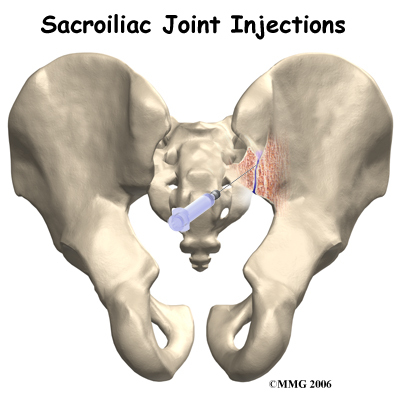

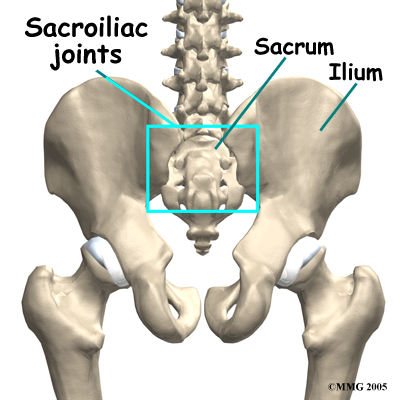
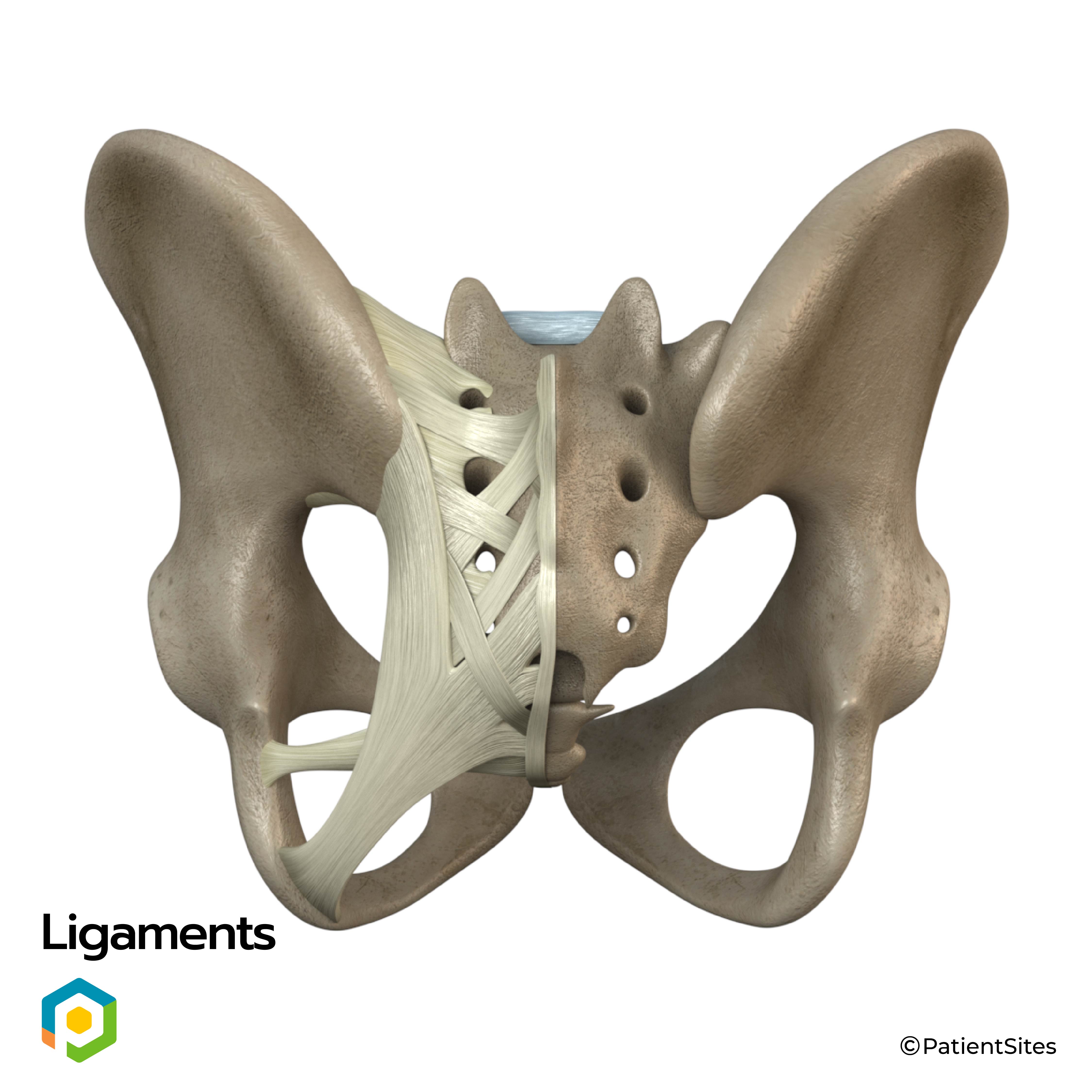
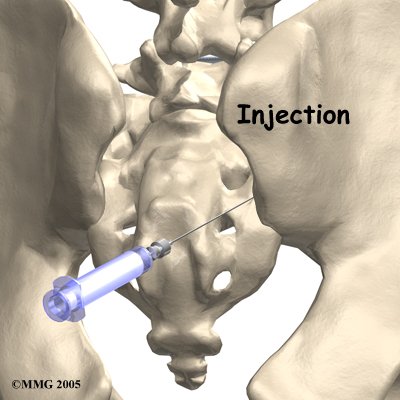 Your doctor is generally recommending a SI joint injection to try and determine if one, or both, SI joints are the cause of your back pain. This type of injection is primarily a diagnostic injection but may assist with pain temporarily, sometimes just for a few hours, but it can be longer. Once your doctor is sure that it is the SI joint causing your pain, other procedures may be recommended to reduce your pain for a longer period of time. An SI joint injection cannot be done while you are pregnant but may be done if your pain does not go away after delivery or becomes chronic due to multiple pregnancies.
Your doctor is generally recommending a SI joint injection to try and determine if one, or both, SI joints are the cause of your back pain. This type of injection is primarily a diagnostic injection but may assist with pain temporarily, sometimes just for a few hours, but it can be longer. Once your doctor is sure that it is the SI joint causing your pain, other procedures may be recommended to reduce your pain for a longer period of time. An SI joint injection cannot be done while you are pregnant but may be done if your pain does not go away after delivery or becomes chronic due to multiple pregnancies.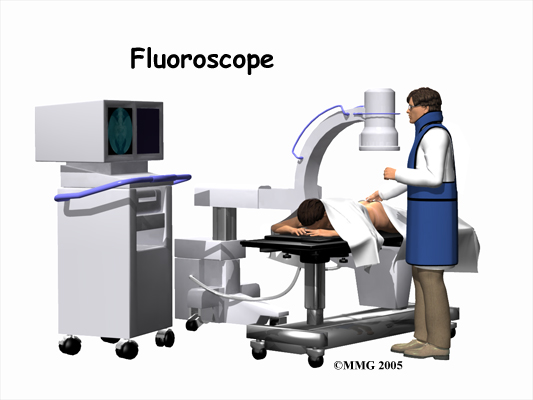 SI joint injections are done with the help of fluoroscopic guidance. The fluoroscope is an x-ray machine that allows the doctor to see a real-time x-ray image of the area while doing the procedure. This allows the doctor to watch where the needle goes as it is inserted which makes the injection much safer and more accurate. Once the needle is in the right location, a small amount of radiographic dye is injected. This liquid dye shows up on the x-ray image and the doctor can see where it goes. The medication used for the injection will go in the same place, so the doctor wants to make sure that the medication will go to the right place to get the most benefit. Once the correct position is confirmed, the medication is injected and the needle is removed.
SI joint injections are done with the help of fluoroscopic guidance. The fluoroscope is an x-ray machine that allows the doctor to see a real-time x-ray image of the area while doing the procedure. This allows the doctor to watch where the needle goes as it is inserted which makes the injection much safer and more accurate. Once the needle is in the right location, a small amount of radiographic dye is injected. This liquid dye shows up on the x-ray image and the doctor can see where it goes. The medication used for the injection will go in the same place, so the doctor wants to make sure that the medication will go to the right place to get the most benefit. Once the correct position is confirmed, the medication is injected and the needle is removed.